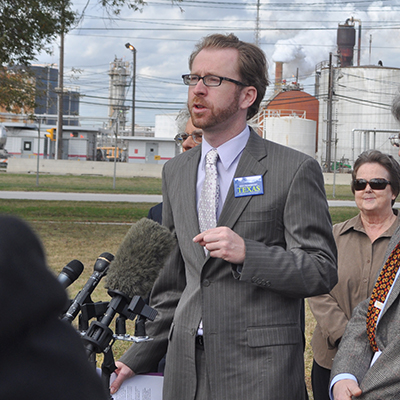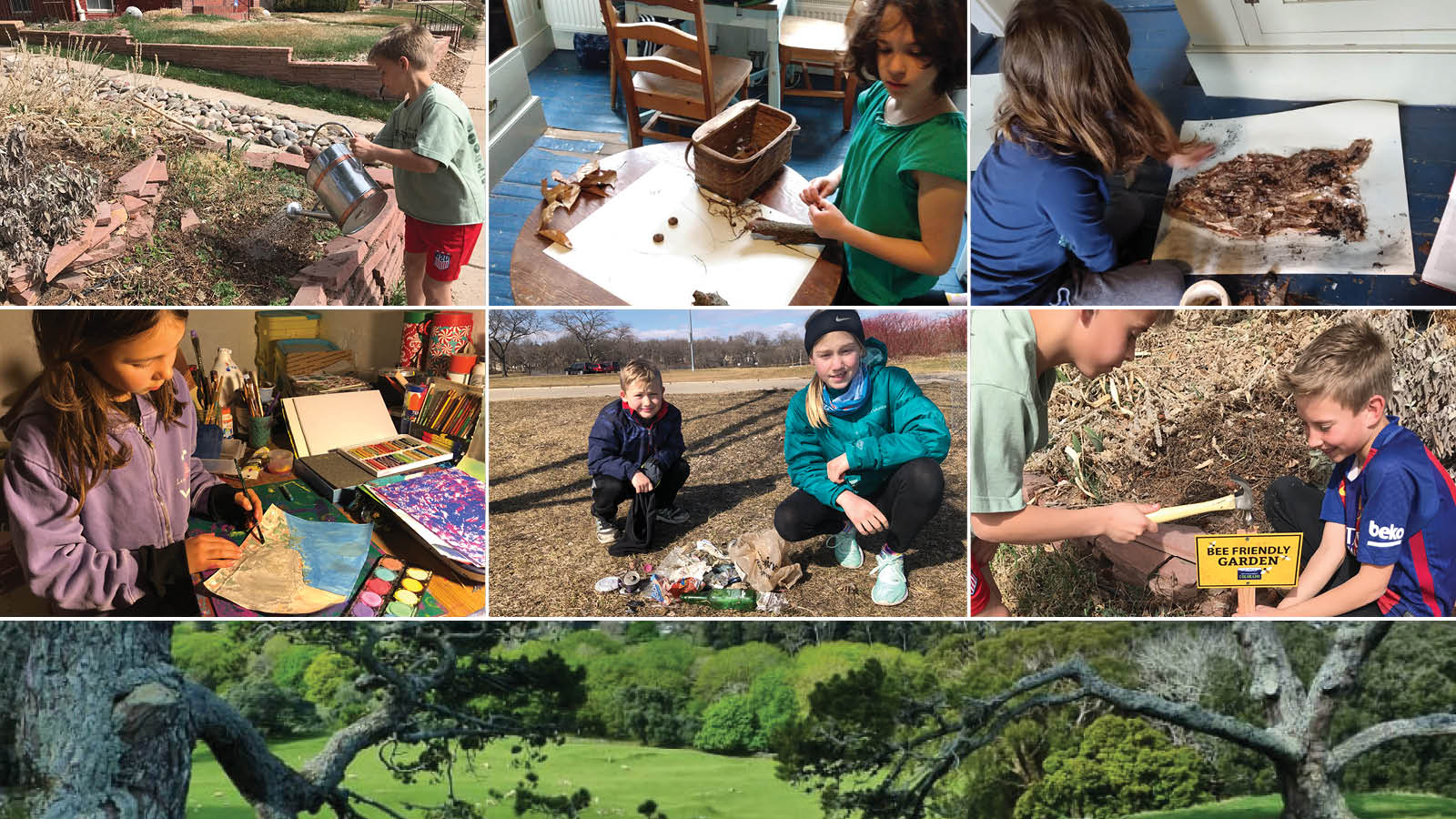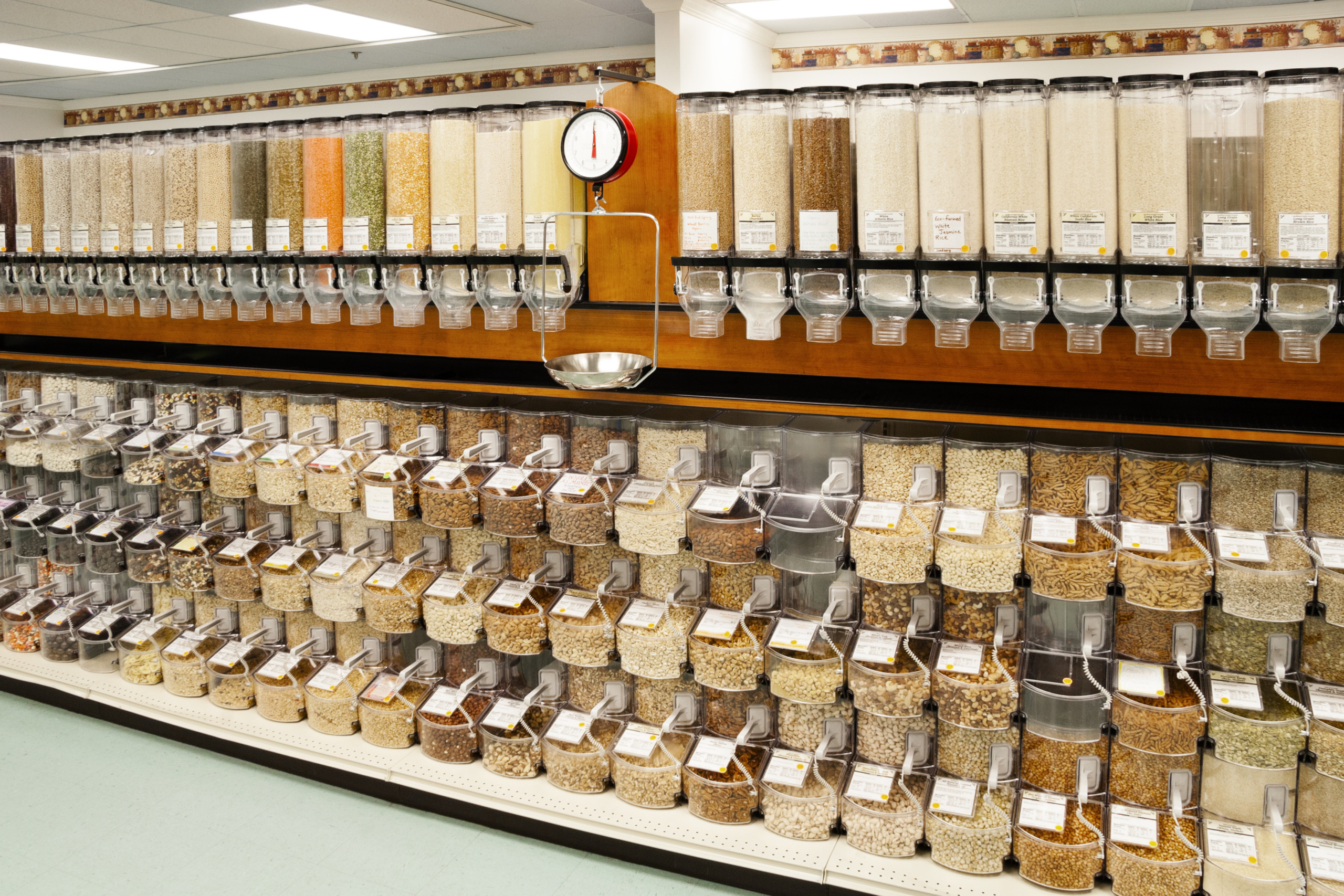
Comment on Proposed TCEQ Rule Changes Regarding Pre-Production Plastic
April 28, 2022
Gwen Ricco
MC 205, Office of Legal Services
Texas Commission on Environmental Quality
P.O. Box 13087
Austin, TX 78711-3087
Re: Comment on Proposed TCEQ Rule Changes Regarding Pre-Production
Plastic
Dear Ms. Ricco:
We, the undersigned, appreciate the opportunity to comment on the Texas Commission on Environmental Quality’s proposed changes in Chapter 307 – Texas Surface Water Quality Standards pertaining to plastics manufacturing and processing facilities. In general, we support the addition of a definition for “Pre-production plastic” in §307.3 as “Pellet (nurdle), powder, flake, and powdered additive forms of pre-consumer plastic resin (virgin and recycled), consisting of organic polymers and additives, which are handled (including, but not limited to, produced, received, or stored) at a regulated facility.”
We recommend that the term “organic polymers” be replaced with “petroleum and biologically derived polymers” since, according to EPA’s Trash Free Waters Frequently Asked Questions about Plastic Recycling and Composting, bioplastics “can be designed to be structurally identical to petroleum based plastics, and if designed in this way, they can last in the environment for the same period of time as petroleum based plastic.”
We also support the new language in §307.4(b)(8) prohibiting the discharge of preproduction plastic with the following considerations/additions:
• While we understand the need for a detection method that is feasible in the field, we are concerned that “visible means able to see by the naked eye without special equipment” leaves the no-discharge prohibition open to interpretation that may allow regulated facilities to claim discharged plastics were not visible. To that end, the term “visible” should be further defined as “able to see with the naked eye without special equipment, from a distance of three (3) feet. If a
person requires prescription eyeglasses or contact lenses to achieve normal vision, those must be worn while monitoring for potential discharges.” Even with this change, we are concerned that such a definition will allow regulated facilities to ignore micro and nanoplastics that are too small to be visible with the naked eye. These smaller plastics have been proven by numerous scientific studies to be harmful to the environment and human health. There is currently not enough research and data on microplastics, but we know that plastics can cause negative human health impacts including DNA damage, endocrine disruption, cancer, and diabetes when ingested or inhaled.
• Even though discharged plastics may be visible, they can be difficult to find if the person monitoring for them does not know where to look. At times, discharged plastics can be hidden by vegetation or other organic matter. Therefore, §307.4(b)(8) should include the requirement that a person conducting monitoring must exercise reasonable effort to locate discharged plastics in and along the shore of waterbodies near facility outfalls and under vegetation, leaves or sticks that may obscure the person’s view of the ground.
• The rule should clarify that sweeping or washing plastics into stormwater or wastewater is not a best management practice.
• We are concerned that the rule contains no obligation to conduct monitoring, no punishment for the failure to do so, and no requirement to report a discharge to TCEQ.
• Spilled or discharged pre-production plastic must be regulated as a Class 2 industrial solid waste.
• Penalties issued for violations of the discharge prohibition must be large enough to deter future violations. TCEQ must consider the wealth and size of a violator when calculating the penalty.
Finally, the rule should contain the following requirements in House Bill No. 3814 filed in the 87th legislative session:
• Regulated facilities must make a report to TCEQ within 2 days after a discharge or release is detected, and cleanups must be done without harm to the ecosystem.
• Containment systems must be designed and maintained to capture floating and sinking plastics and have a capacity to handle precipitation from 100-year, 24-hour storm: www.noaa.gov/media-release/noaa-updates-texas-rainfall-frequencyvalues
• TCEQ must inspect a facility for eligibility before granting an applicant’s Conditional No Exposure Exclusion for the Industrial MSGP stormwater permit.
Sincerely,
Neil McQueen, Co-Chair
Surfrider Foundation – Texas
Coastal Bend Chapter
Diane Wilson
San Antonio Bay Estuarine
Waterkeeper
Errol Summerlin, Co-Founder
Coastal Alliance to Protect Our
Environment (CAPE)
Bruce R. Bodson, J.D
President/Executive Director
Lower Brazos Riverwatch
Susan Chadwick
President and Executive Director
Save Buffalo Bayou
Aaron Baxter, President
Friends of Padre
Luke Metzger
Executive Director
Environment Texas
Jace Tunnell
Nurdle Patrol
Martin Hagne
Executive Director
Gulf Coast Bird Observatory
April Tovar
North Texas Chapter Lead
Inland Ocean Coalition
Dr. Jeffrey Turner
Associate Professor of Marine Biology
Texas A&M University – Corpus Christi
Richard Gibbons
Texas Coastal Outreach Coordinator
SPLASh / American Bird Conservancy
Allan R. Berger
PO Box 277 604 N 2nd Street
Port O’Connor, TX 77982
George Cummings
Program Spokesperson
MesoAM SDG17 Coalition
Maia Corbitt, President
Texans for Clean Water
Stennie Meadours
Retired TCEQ Spill Response
Coordinator and Industrial and
Hazardous Waste Inspector
San Leon, TX
Theresa Kocurek
Director of Environmental Planning
Coastal Bend Council of Governments
Sandra A. Parker
12419 Golden Thistle
Houston, TX 77058
Patsy Gillham
13110 Chavile, Cypress, TX 77429
James Klein, Chair
Coastal Bend Sierra Club Group
Elizabeth G. Love, CEO
Jacob & Terese Hershey Foundation
Topics
Authors
Luke Metzger
Executive Director, Environment Texas
As the executive director of Environment Texas, Luke is a leading voice in the state for clean air and water, parks and wildlife, and a livable climate. Luke recently led the successful campaign to get the Texas Legislature and voters to invest $1 billion to buy land for new state parks. He also helped win permanent protection for the Christmas Mountains of Big Bend; helped compel Exxon, Shell and Chevron Phillips to cut air pollution at four Texas refineries and chemical plants; and got the Austin and Houston school districts to install filters on water fountains to protect children from lead in drinking water. The San Antonio Current has called Luke "long one of the most energetic and dedicated defenders of environmental issues in the state." He has been named one of the "Top Lobbyists for Causes" by Capitol Inside, received the President's Award from the Texas Recreation and Parks Society for his work to protect Texas parks. He is a board member of the Clean Air Force of Central Texas and an advisory board member of the Texas Tech University Masters of Public Administration program. Luke, his wife, son and daughters are working to visit every state park in Texas.
Find Out More
Letter to Congress: Support the Plastic Pellet Free Waters Act

Green schools guide

Nifty Fifty Activities

